10 Hot Tips for Happy Feet When Travelling
If you are lucky enough to be able to escape on a holiday, here are some tips I can offer you about keeping your feet pain and injury free.
In this article you will learn my 10 hot tips for preventing infections, injuries, pain and a ruined holiday.
I’ll be discussing;
- The Risk of Pedicures
- Caring for Your Toenails
- Avoiding and Preventing Gout
- Staying Hydrated
- Preventing Deep Vein Thrombosis
- Selecting the Right Shoes
- Wearing in Your Shoes Before Travelling
- How to Avoid Toe and Foot Blisters
- How Improving Your Fitness Can Help You Avoid Injuries
- Why Have a Pre-travel Podiatry and/or Physio Assessment
1. Avoid Pedicures
When clients with fungal toenail infections come in to see me, it’s my job to work out where they could have caught the disease. Too often a cheap pedicure in South-East Asia is to blame. If the instruments/pedicure set have not been sterilised properly there could be someone else’s fungus or bacterial living on them and that could get transmitted to you.
If you desperately want a pedicure you should either take your own instruments or check that the salon has high levels of infection control. Sterilisation means the equipment has been through a machine that places the equipment under high pressure and high temperature. At Sport & Spinal Physiotherapy our instruments are exposed to 135°C!
Signs that a toenail is infected with fungus include white-yellow-brown discolouration, crumbly texture, nail thickness, changes in nail shape, lifting of the nail off the nail bed and sometimes even an odour is omitted. The changes in nail shape can be painful and difficult to treat by yourself.
If you do have these signs there are several treatment options including paints, tablets and laser. If you want more information on toenail fungal infections read this article . I remember reading this article when I was at university and found it very useful as it covers the cause, classification, diagnosis, and most of the treatment options for onychomycosis (fungal toenail infection). And, remember, the sooner you start treatment, the faster, easier and cheaper the road to recovery is.
2. Trim Those Toenails
Cut your toenails prior to an adventure trek, whether a day trip or for several weeks. By not having them too long you can prevent injuries to the nail. A common pathway for injury is when the toenails hit the end of the shoe. If this happens with each step, that is a lot of micro trauma. Eventually the nail bed could bleed causing a ‘bruise’ underneath the toenail. This can cause pain as the pressure of the blood presses against the nail and nail bed. In this situation, the chances of losing a toenail are very high. Factors that make this event more likely include toe shape deformities, poorly fitting shoes and socks and uneven terrain.
Kansas City Foot Specialists go into more detail about who is at risk and what treatments are available in this article.
3. Overindulgence Can Cause Foot Pain – Gout
Foods and beverages high in purines, such meat, beers, red wine, sweetbreads, offal, shellfish, and fructose (found in fruit juices) can trigger an attack of gout. Gout is a condition when uric acid builds up and crystallises in and around your joints. This can cause redness, joint swelling and pain with movement and even gently touching it.
Joints in the foot are commonly affected. GoutPal.com conducted a survey to determine which joint/s are most affected by gout with most of the 1357 people responders having had more than one inflamed joint. 52% and 58% of people had gout in their big toe joint or another part of the foot/ankle, respectively. Goutpal.com has an excellent article on gout and swollen joints.
I don’t recommend changing your diet too dramatically from your usual diet or you may not only have sore joints but be visiting the bathroom more often than usual. If you return from your holidays with big toe joint pain make an appointment with a podiatrist immediately to get an accurate diagnosis and treatment plan.
4. Stay Hydrated
Even camels need to drink water to stay hydrated!
Ensure you drink plenty of fluids and replace your lost electrolytes by packing electrolyte powder and mixing it with clean water. Dehydration is common in travellers because they may not have access to clean water, may be distracted by all the sightseeing, are exposed to low humidity levels in airplanes or may have travellers’ diarrhoea. Dehydration can lead to early fatigue and predispose you to (foot and ankle) injury or heat illness. Signs of heat illness are light-headedness, nausea, headache, confusion, lack of sweating and being easily irritated. Before the summer sports season starts, Sports Medicine Australia (SMA) will release a medial statement about heat stress. Read SMA’s fact sheet on heat stress.
Other tips for preventing dehydration while travelling include avoiding drinking alcohol and caffeinated drinks. Alcohol not only increases fluid loss from the body but impairs your ability to detect the symptoms of dehydration.
5. Avoid DVT – Deep Vein Thrombosis
Wear compression garments for travelling long distances whether it is by air, road or rail. Compression garments will prevent an abnormal build-up of fluid also known as oedema. Oedema is caused by the veins in the legs not being able to properly pump blood back to the heart. This can occur when sitting or standing or too long and gravity prevents blood returning to the heart so fluid pools in the legs and feet.
Other tips to prevent and treat oedema are lying down and elevating your legs above your heart or try working out your calf muscles to get excess fluid pumping back up from the legs. A good calf exercise is calf raises where you repeatedly go up and down on your tippy toes. Here is a youtube video on how to do a calf raises on a step.
Failure to adequately manage oedema can lead to ulceration and permanent damage to the veins in the leg. If the swelling still doesn’t go down or is painful, make an appointment to see a local health practitioner, you could have deep vein thrombosis (DVT). The formation of a blood clot in a deep vein usually in the leg is called DVT. This is a potentially life-threatening as the clot can detach and travel to the lungs.
6. Wear Good Fitting Shoes
See a podiatrist to make sure your shoes are fitting correctly and gain some handy hints about lacing techniques to prevent in shoe friction. Purchase shoes in the afternoon when your feet are larger in size. A little trick is to remove the innersole from the shoes and stand on top of them to see if your feet hang over the edge. If they do, don’t get those shoes, they will be too tight and potentially cause high pressure areas on the outside of your foot and between your toes. High pressure areas can lead to painful corns and calluses.
Wear shoes with good padding. If you are in developed area you will be walking on hard surfaces such as cobblestones and cemented pathways. Padding that isn’t worn down will decrease the forces going into your feet while walking.
7. Wear in Your Shoes
New footwear takes times to mould to your foot shape and lock onto your foot like a glove. If you wear them for a long walk without a wear in process there will be increased movement of your foot in your shoe, this friction can lead to blisters. Several weeks of wearing your shoes for a few hours each day is all it takes to mould a shoe to your foot. If you have a big event such as a mountain climb, rest your shoes several days before to make sure the rubber in the soles is at its best to shock absorb.
8. Avoid Blisters
Such little things can be so painful! If you know some of your shoes cause blisters, pack bandaids and place them on any known hotspots for blisters. Alternatively, see a podiatrist for footwear advice on correctly fitting shoes which will decrease in shoe friction which can lead to blisters. If a blister pops open, place antiseptic on it daily until it heals to prevent infection. Podiatrists are trained to correctly open painful blisters and have appropriate dressings to place on top to achieve optimal healing times.
9. Improve Fitness
Going from zero to hero has great potential to lead to an injury. Poor strength, flexibility, balance and cardiovascular fitness are all pathways to injury. If you sit at a desk all day and then walk along The Great Wall of China you may be too sore or injured to see the Terracotta Warriors later in your travels. Make sure you gradually build up your fitness prior to travel. Consult a physiotherapist on how to improve your musculoskeletal and cardiovascular health and read this article for some advice on improving flexibility.
10. Pre Travel Assessments
If you have a previous or current injury or a little niggle in your musculoskeletal system see a health professional prior to travelling. Sport & Spinal Physiotherapy conducts biomechanical assessments, running assessments and bike assessments which can identify potential pathways to injury and our friendly clinician cans provide you with advice and treatment on how to improve and prevent musculoskeletal pain.
I had recently been treating a client for lower leg pain and chronic foot problems. During her treatment program, my client had organised a trip to the UK. In the weeks prior to her holiday, I worked with my client on improving her fitness, reducing her pain and solving her chronic foot problems. After my client returned from her trip she happily stated to me that she could do everything she had wanted to without being restricted by her lower leg pain. This was a major achievement for someone with chronic foot and leg problems.
Travelling requires a lot of preparation and your feet are no exclusion. My 10 hot tips for happy holiday feet, means that you will be equipped for having the best possible trip you can. Hopefully this means a safe and injury free holiday for all.
Safe travels.
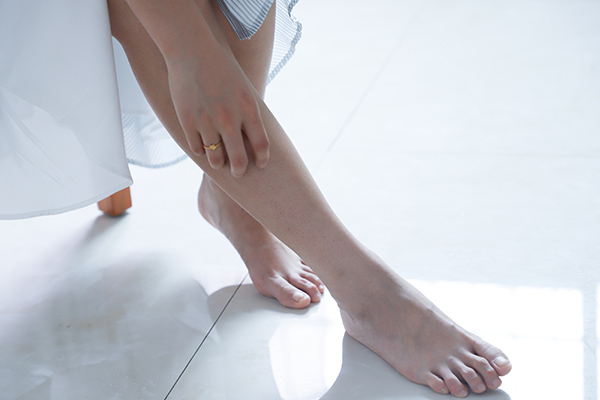

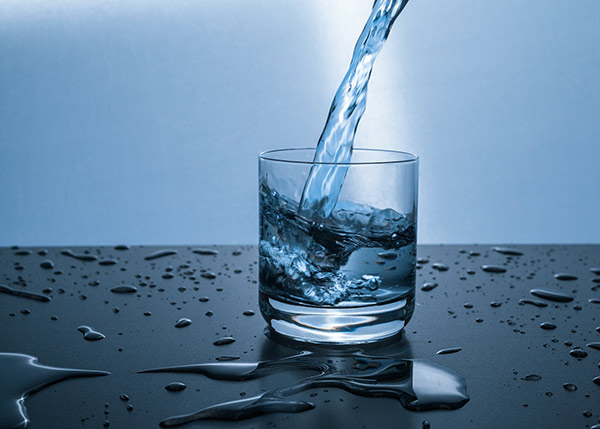
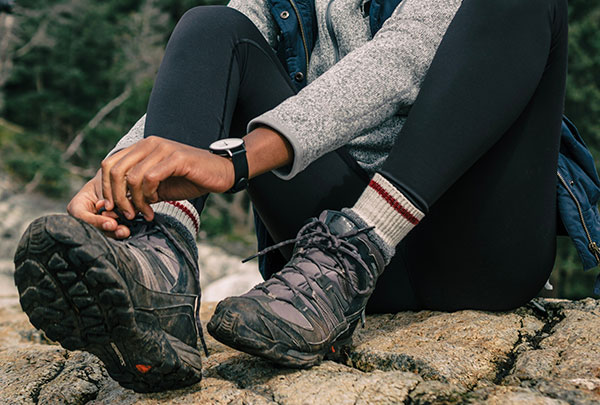
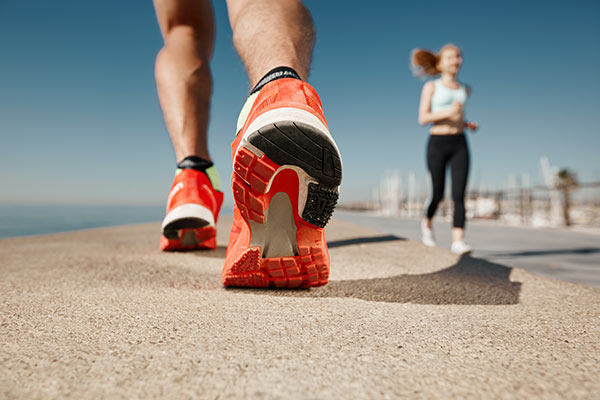
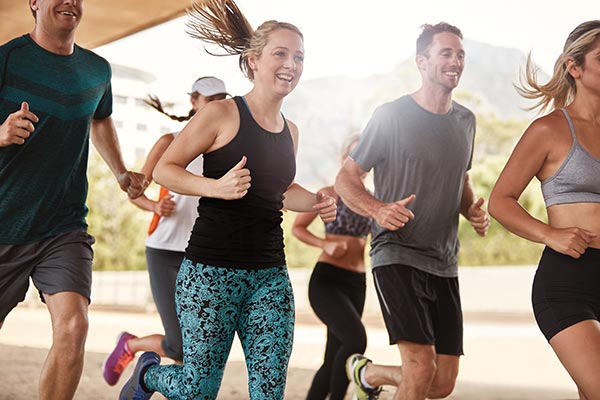
These tips were really helpful. I had some issues with my toenail and now I’ll be more careful with my feet.
I have been having a lot of issues with my current shoes. They make my smallest toes really hurt. However, I’ve just been telling myself that I need to wear in my shoes. After reading this post, I realize that that’s not entirely the case and that I should probably get another pair of shoes before I end up in the podiatrist’s office. Calluses have been forming on those toes and it is getting to be a bit uncomfortable. What is the best way to treat calluses that come from a situation like that?
Hi Raylin – If you are developing calluses on your little toes the shoes are either too narrow or lack depth or both. To prevent these calluses new shoes are required.To treat the current calluses softly file at the site and if it appears dry a small amount of sorbolene will help. To answer your question, the best way to treat calluses is to attend a podiatrist who can gently shave the calluses off and find the cause of the calluses. A preventative plan will be put in place.